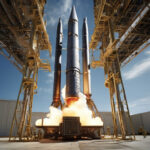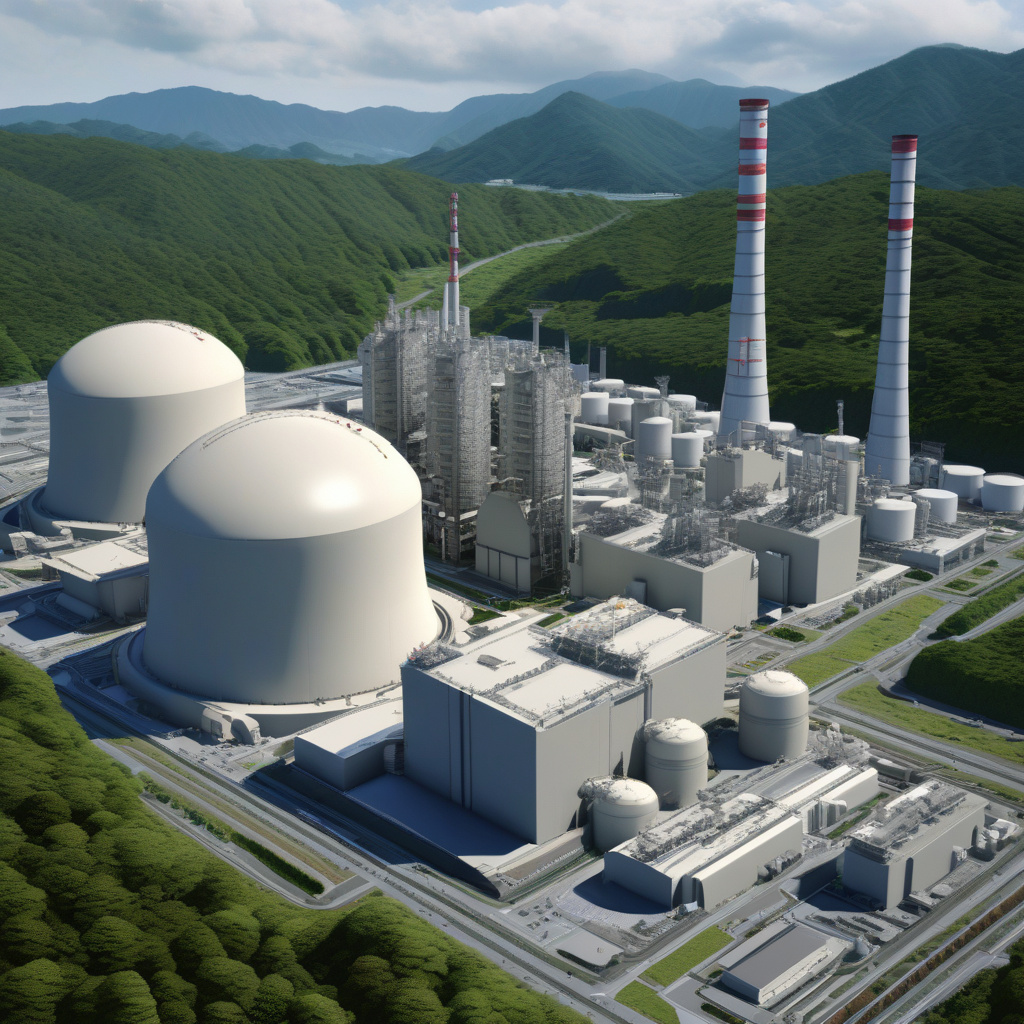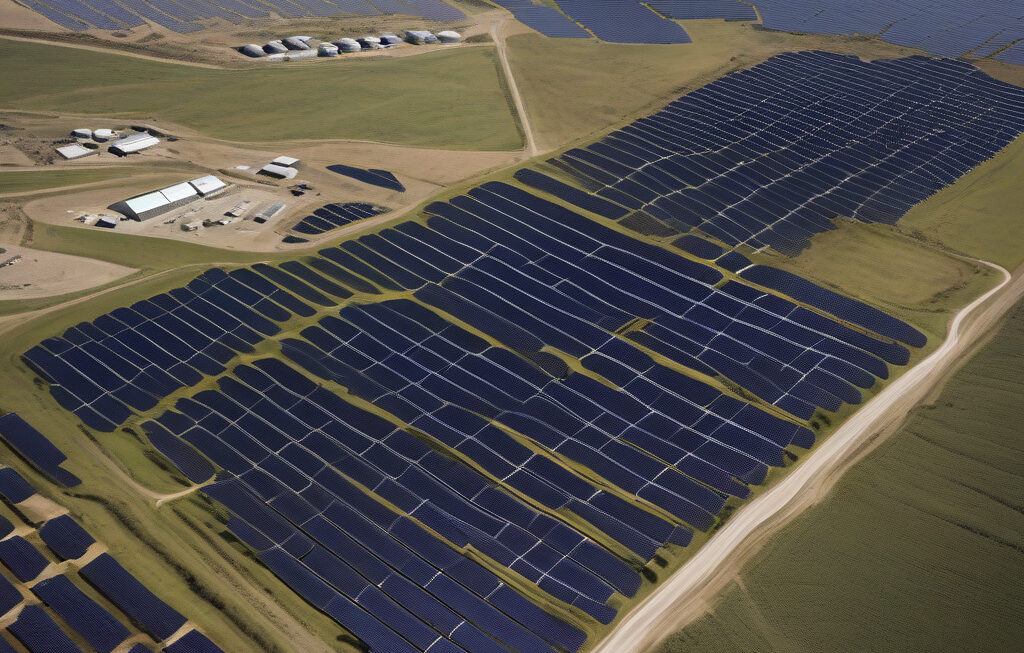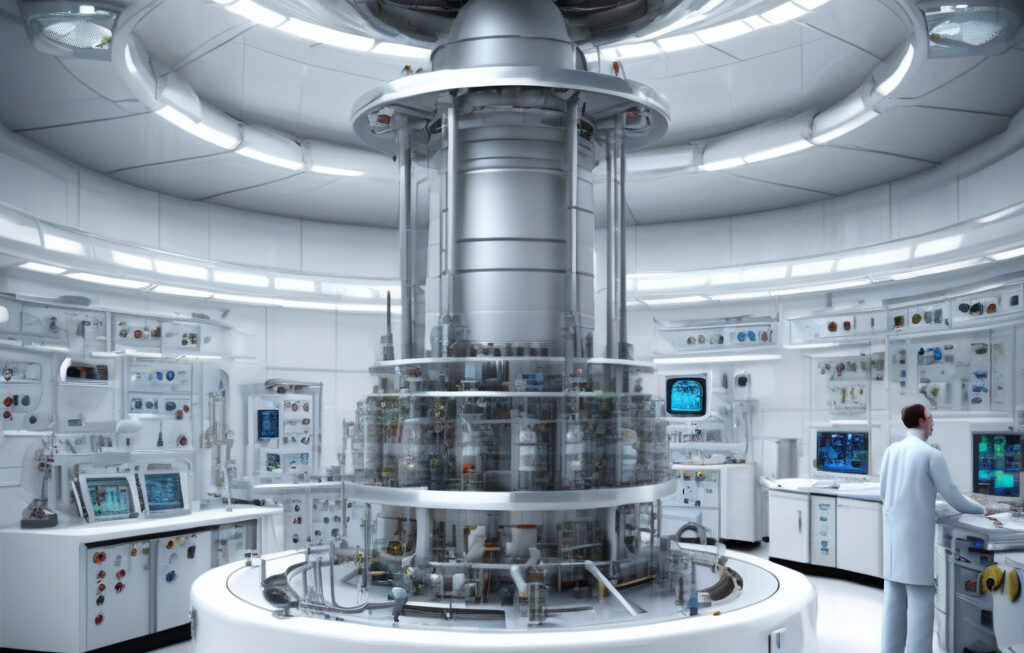Japan Eyes Nuclear Revival with First New Reactor Plan since Fukushima Disaster
With AI guzzling power and fossil fuels falling short, Japan’s nuclear freeze may finally be thawing. In a bold move towards reclaiming its stance as a global leader in nuclear energy, Japan has recently announced plans for the construction of its first new reactor since the Fukushima disaster in 2011.
The Fukushima Daiichi nuclear disaster, triggered by a massive earthquake and subsequent tsunami, sent shockwaves through Japan and the rest of the world. In the aftermath of the catastrophe, Japan made the decision to gradually phase out nuclear power, with all existing reactors coming offline for stringent safety checks and upgrades. This shift towards renewable energy sources and increased reliance on imported fossil fuels has posed significant challenges for the country, both economically and environmentally.
However, the landscape is evolving once again, driven by the pressing need for sustainable energy solutions to power the nation’s industries and technological advancements. With artificial intelligence (AI) applications on the rise, demanding massive amounts of electricity to operate efficiently, Japan finds itself at a crossroads where nuclear energy could offer a viable solution to meet the escalating power demands.
The proposed new reactor, set to be built in the Aomori Prefecture in northern Japan, represents a pivotal moment in the country’s energy strategy. The project signals not only a potential revival of the nuclear industry but also a shift towards advanced reactor designs that prioritize safety and efficiency. By incorporating the latest technological innovations in nuclear energy, Japan aims to address the concerns raised by the Fukushima disaster and rebuild public trust in the sector.
One of the key drivers behind Japan’s nuclear resurgence is the need to reduce its reliance on imported fossil fuels, which have become increasingly volatile in terms of supply and pricing. By diversifying its energy mix and reintegrating nuclear power into the grid, Japan can enhance its energy security and reduce its carbon footprint, aligning with global efforts to combat climate change.
Moreover, the revival of Japan’s nuclear industry holds significant economic implications, creating new opportunities for job creation, infrastructure development, and technological innovation. As the country strives to bounce back from the economic impact of the COVID-19 pandemic, investing in nuclear energy could stimulate growth in related sectors and position Japan as a hub for cutting-edge nuclear technology.
Critics, however, raise valid concerns about the safety and environmental risks associated with nuclear power, especially in a country prone to seismic activity like Japan. The memories of the Fukushima disaster loom large in the collective consciousness, underscoring the importance of stringent safety standards and robust regulatory oversight in any new nuclear endeavors.
In conclusion, Japan’s decision to pursue its first new reactor plan since the Fukushima disaster reflects a strategic shift towards embracing nuclear energy as a key component of its future energy landscape. By leveraging advanced technologies and prioritizing safety and sustainability, Japan aims to harness the power of nuclear energy to drive its economic growth, meet the demands of emerging technologies like AI, and secure a cleaner, more resilient energy future for generations to come.
#Japan, #NuclearRevival, #FukushimaDisaster, #AI, #EnergySecurity











